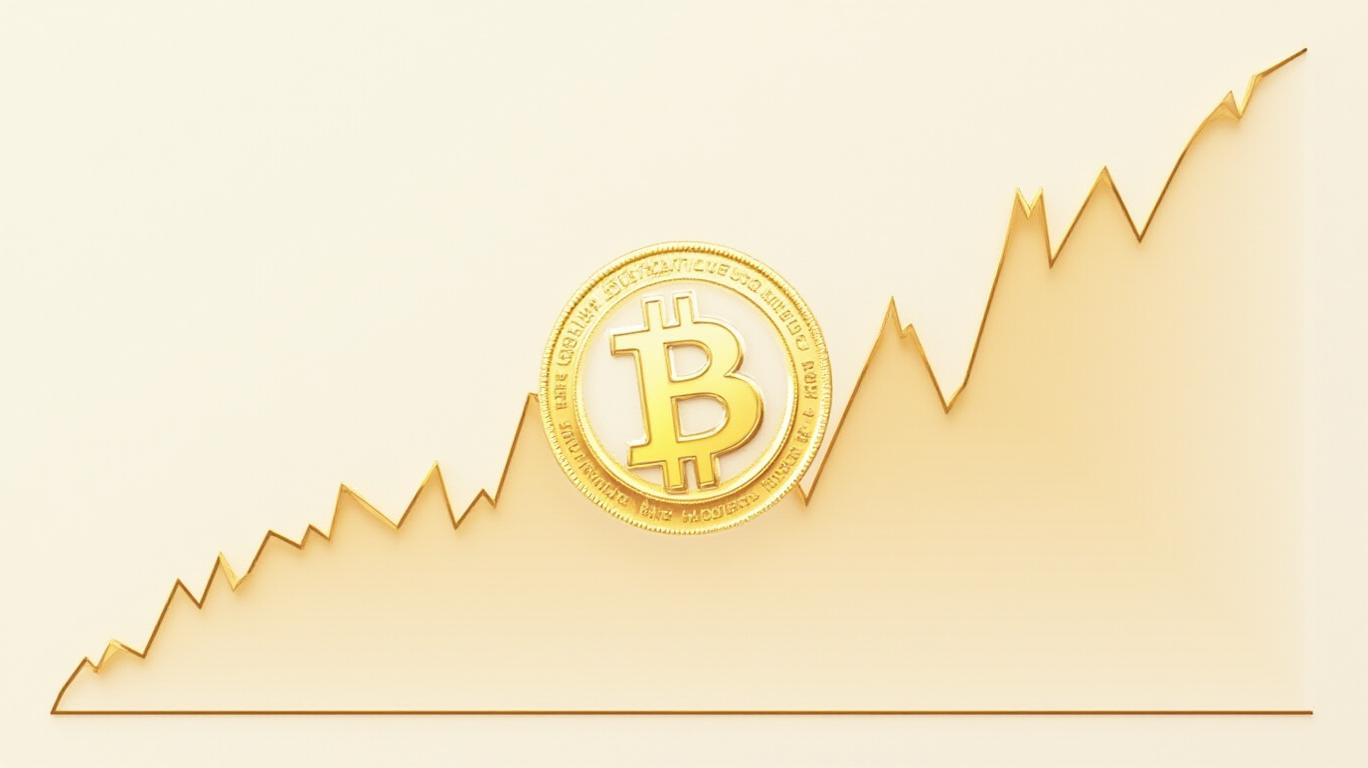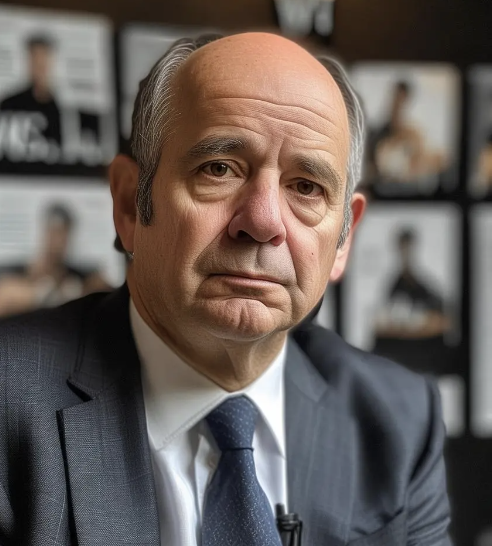Gold Out, Bitcoin In: A Bold Proposal to Redefine U.S. Reserve Assets

U.S. Senator Cynthia Lummis, a Republican from Wyoming and prominent Trump ally, has unveiled a legislative proposal to transform the Federal Reserve’s balance sheet by selling a portion of its gold reserves to acquire 1 million Bitcoin—a move that could redefine the role of cryptocurrencies in global finance. The plan, set to be introduced in the new Congress, aims to position Bitcoin as a strategic reserve asset without increasing the federal deficit, arguing that its inflation-resistant properties could bolster the dollar’s global standing. Yet the proposal faces steep challenges, from Bitcoin’s volatility to political skepticism and regulatory uncertainty.
The Proposal: Swapping Gold for Bitcoin
The core of Lummis’ plan is a swap: liquidating a fraction of the Federal Reserve’s $675 billion gold reserves (valued at $11 billion under historical accounting) to purchase 1 million Bitcoin, currently worth roughly $90 billion. This would represent approximately 5% of all existing Bitcoin tokens. The senator frames the move as “balance sheet neutral,” emphasizing that the Fed’s gold holdings are already marked to outdated 1973 prices, while Bitcoin’s decentralized nature offers a modern hedge against inflation and fiat currency risks.
The legislation envisions a “decentralized network of secure Bitcoin storage facilities” to manage the digital assets, mirroring the physical safeguards of gold. Lummis argues this would align the U.S. with global trends: over 30 countries now hold Bitcoin or other cryptocurrencies in reserves, while China and El Salvador have aggressively promoted digital assets. “The dollar’s dominance depends on adapting to innovation,” she stated, framing Bitcoin as a “digital gold” complement to traditional reserves.
Risks and Opposition: Volatility, Politics, and Regulation
Critics, however, highlight Bitcoin’s extreme volatility—its price swings often exceed 70% annually—and the lack of intrinsic value, unlike gold, which has been a store of value for millennia. “Bitcoin is a speculative asset, not a reserve currency,” said Jason Calacanis, a tech entrepreneur and Trump supporter, dismissing the plan as a “politically timed stunt.” Others, like Coinbase CEO Brian Armstrong, urged a narrower focus on Bitcoin alone, warning against mixing it with less-stable cryptocurrencies in a “digital asset stockpile.”
Legal and regulatory hurdles loom large. The Federal Reserve’s ability to directly purchase Bitcoin remains unclear under current law, and the plan could face fierce opposition from fiscal hawks who view it as risky fiscal policy. Meanwhile, SEC Chair Gary Gensler’s crackdown on crypto firms has created friction with Trump’s pro-crypto administration, raising questions about regulatory coordination.

The Political Context: Trump’s Crypto Pivot
The proposal reflects President Trump’s evolving stance on crypto. Once dismissing Bitcoin as a “scam,” he now champions U.S. leadership in digital assets, including mining and regulatory reforms. His 2025 executive order established a “Strategic Bitcoin Reserve” funded by seized criminal assets—a move that briefly depressed Bitcoin prices due to its limited scale. Lummis’ broader plan, however, would require selling gold reserves, a politically contentious step that could alienate fiscal conservatives.
The White House has scheduled a Crypto Summit to address these tensions, aiming to balance market enthusiasm with prudence. Yet unresolved issues persist: how to fund the purchases without inflationary pressure, who bears risks if Bitcoin’s price collapses, and whether the Fed’s mandate to stabilize the dollar justifies holding a speculative asset.
The Investor’s Dilemma: Opportunity or Overreach?
For investors, the proposal presents a double-edged sword. If enacted, the Fed’s entry into Bitcoin could legitimize it as a reserve asset, driving institutional adoption and price appreciation. However, the plan’s success hinges on stabilizing Bitcoin’s volatility—a feat no central bank has yet achieved. Meanwhile, the sale of gold reserves might weaken its traditional safe-haven appeal, potentially destabilizing markets.
Historically, central bank gold sales have had mixed effects. For instance, the Bank of England’s 1999 gold sales depressed prices temporarily but did not derail gold’s long-term value. Bitcoin, however, lacks gold’s liquidity and maturity, raising the stakes for the Fed.
Conclusion: A High-Risk Gamble with Global Implications
Lummis’ proposal is as much a political statement as an economic one. It seeks to capitalize on Bitcoin’s growing influence while addressing concerns about fiat currency debasement. Yet the risks are stark: Bitcoin’s volatility could amplify financial instability, and regulatory backlash could undermine its credibility.
For investors, the plan underscores Bitcoin’s precarious position between speculative mania and institutional legitimacy. If the Fed moves forward, it could validate cryptocurrencies as systemic assets—but only if policymakers can navigate the twin challenges of volatility and governance. As Senator Lummis herself noted, “This isn’t about profit; it’s about power.” Whether that power translates to stability remains to be seen.

